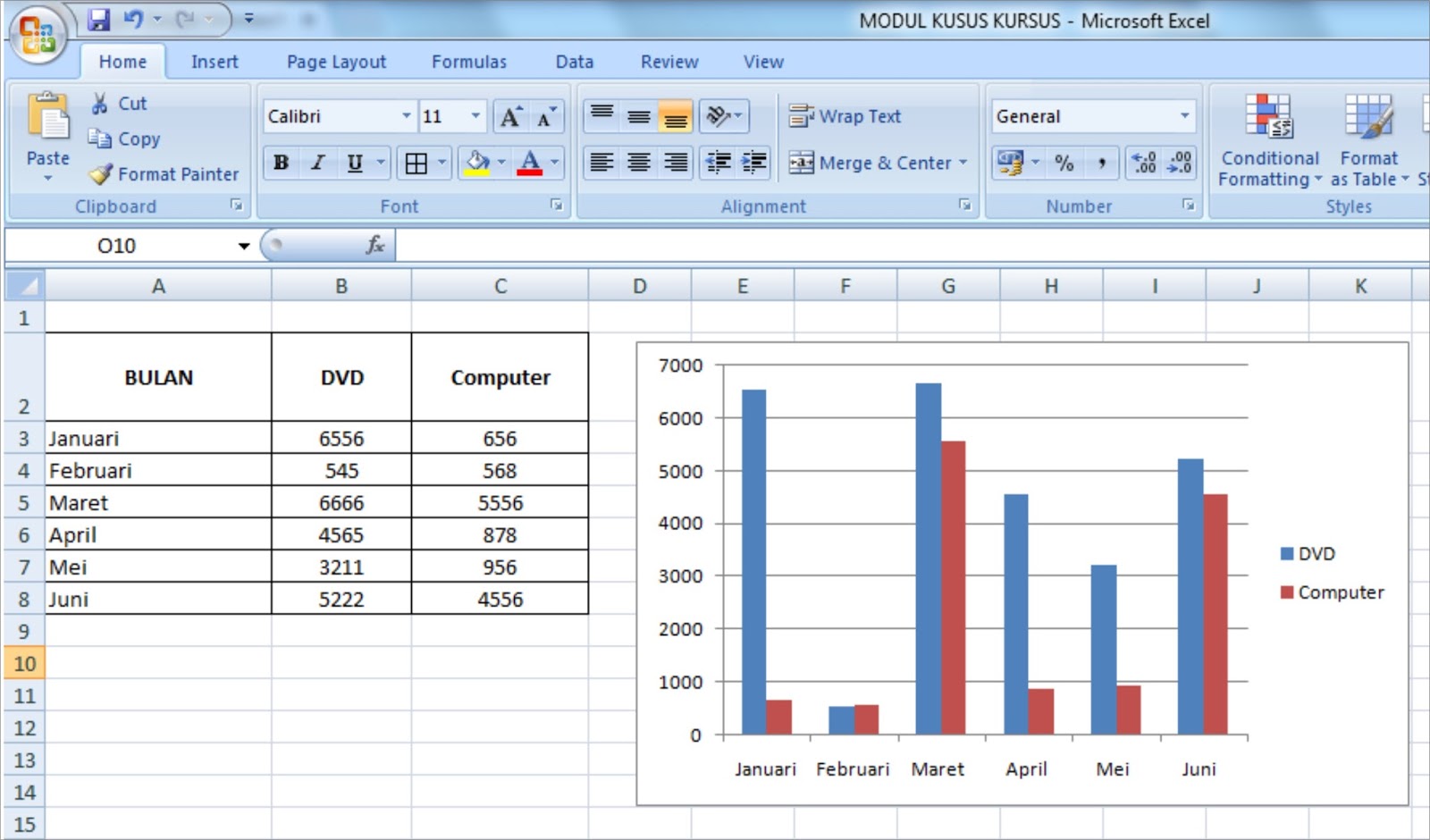Starting from a basic understanding of Microsoft Excel, it is important to learn how to navigate and utilize the various features to effectively organize and analyze data. In this article, we will explore several different techniques for sorting, filtering, and grouping data, as well as creating charts and graphs to visually represent this data.
Sorting Data in Excel
Let’s start by discussing how to sort data in Excel. Luckily, this is a fairly straightforward process. Simply select the data you wish to sort, then navigate to the “Data” tab in the Excel ribbon and click on “Sort.” From there, you can choose which column to sort by and if you want to sort by ascending or descending order.
In the image below, we have a simple dataset of employee names and their corresponding salaries. By selecting the data range and clicking on “Sort,” we can arrange the data in ascending order according to salary.
Sorting Data in Excel
Sorting data in Excel is a simple process. By selecting the data you wish to sort and navigating to the “Data” tab, you can choose which column to sort by and the order in which you want the data arranged.
Filtering Data in Excel
Another useful feature in Excel is the ability to filter data. This is especially helpful when working with large datasets, as it allows you to view only the information that is relevant to your needs. To filter data, select the data range and navigate to the “Data” tab, then click on “Filter.” This will add filter dropdowns to each column header, allowing you to select specific criteria for which to filter your data.
In the image below, we have a dataset of customer orders. By selecting the data range and clicking on “Filter,” we can filter the data to only show orders for the selected customer.
Filtering Data in Excel
Filtering data in Excel allows you to view only the information that is relevant to your needs. By selecting the data range and clicking on “Filter,” you can add filter dropdowns to each column header to select specific criteria for which to filter your data.
Grouping Data in Excel
Grouping data in Excel can be helpful when you want to analyze data based on specific categories. To group data, select the data range and navigate to the “Data” tab, then click on “Group.” You can then choose which column to group by and how you want to group the data (by month, quarter, year, etc.).
In the image below, we have a dataset of sales by month. By selecting the data range and clicking on “Group,” we can group the data by year and month to easily visualize sales trends over time.
Grouping Data in Excel
Grouping data in Excel can be useful when analyzing data based on specific categories. By selecting the data range and clicking on “Group,” you can choose how you want to group the data and easily visualize trends over time.
Creating Charts and Graphs in Excel
One of the most powerful features of Excel is its ability to create customized charts and graphs to visually represent data. To create a chart or graph, select the data range and navigate to the “Insert” tab, then choose the desired chart type. From there, you can customize the chart options and formatting to create a professional-looking visualization.
In the image below, we have a dataset of product sales by category. By selecting the data range and clicking on “Insert,” we can create a column chart to visualize the sales data.
Creating Charts and Graphs in Excel
Excel allows you to create customized charts and graphs to visually represent data. By selecting the data range and clicking on “Insert,” you can choose from various chart types and customize the options and formatting to create a professional-looking visualization.
FAQ:
Q: Can Excel be used for more than just basic data organization?
A: Absolutely! Excel is a powerful tool that can be utilized for all sorts of data analysis, from basic sorting and filtering to complex calculations and statistical modeling.
Q: Are there any limitations to Excel?
A: Like any software, Excel has its limitations. It can become unwieldy when working with extremely large datasets and may not be the best choice for certain types of analysis, such as machine learning. However, for most basic business needs, Excel is a reliable and versatile tool.
Include video: https://www.youtube.com/embed/eqGJ8GJxQNI
In conclusion, Microsoft Excel is a powerful tool for organizing, analyzing, and visualizing data. By utilizing its various features, such as sorting, filtering, and grouping data, as well as creating charts and graphs, you can gain valuable insights and make informed decisions based on your data. Excel may have its limitations, but for most business needs, it is a reliable and versatile tool that can greatly improve your productivity and efficiency.



